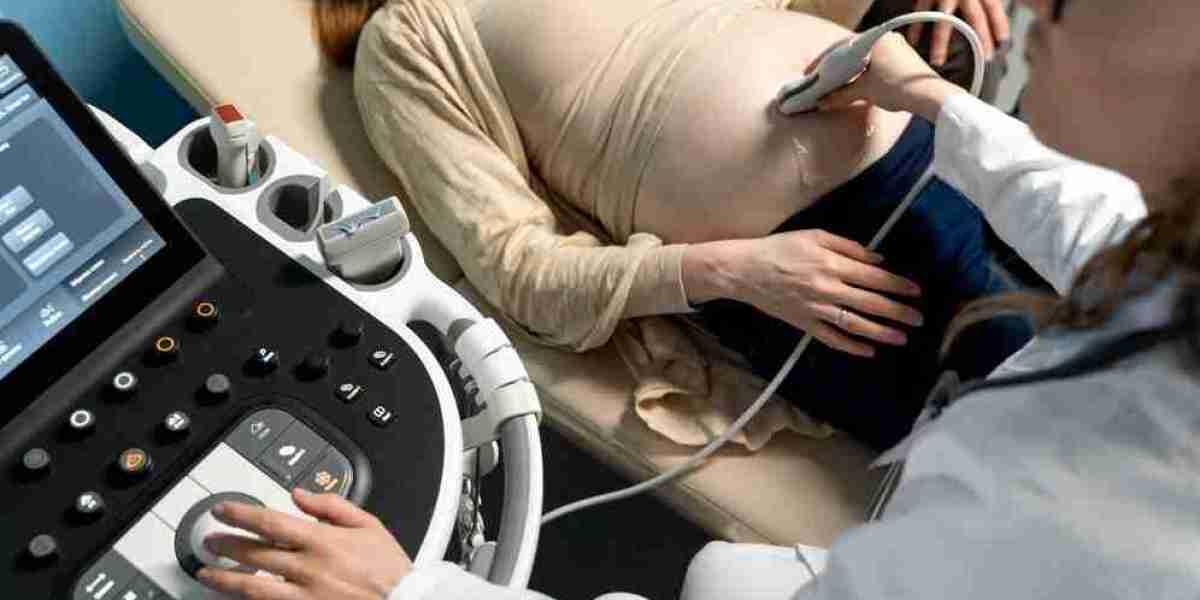The advanced wound care market is on the brink of a major innovation surge, driven by growing investments in regenerative medicine technologies. As chronic and complex wounds continue to pose significant challenges to global healthcare systems, the focus is shifting toward therapies that not only treat wounds but actively regenerate damaged tissue. Regenerative medicine, with its potential to restore skin structure and function at the cellular level, is emerging as a game-changer in wound management.
Regenerative medicine harnesses the body’s innate healing abilities using tools such as stem cells, tissue-engineered skin substitutes, and bioengineered scaffolds. These technologies aim to rebuild damaged skin and support deep tissue regeneration, rather than simply covering wounds as traditional methods often do. With a rise in conditions like diabetes, pressure injuries, and vascular diseases that lead to non-healing wounds, the need for therapies that can accelerate and complete the healing process has never been more urgent.
Increased investments in this area are enabling rapid progress in both research and commercialization. One of the most promising developments is the use of stem cell therapies. Stem cells have the ability to transform into various types of skin and connective tissue cells, which makes them uniquely suited for treating wounds that fail to heal through conventional approaches. These therapies can significantly reduce inflammation, enhance blood vessel formation, and speed up the regeneration of skin layers.
Tissue-engineered skin substitutes are also gaining ground, offering an alternative to autografts and allografts, especially for patients with extensive or severe wounds. These products mimic the structure and function of natural skin, providing a scaffold that supports the growth of new tissue while protecting the wound site. As these substitutes become more refined, they offer hope for treating burns, ulcers, and surgical wounds with greater efficacy and fewer complications.
Alongside stem cells and skin substitutes, the development of bioactive dressings infused with regenerative agents—such as growth factors, peptides, and extracellular matrix components—is adding new dimensions to wound care. These dressings actively stimulate cellular activity and tissue repair, moving beyond passive protection to actively promote healing.
The intersection of regenerative medicine and advanced wound care is also attracting collaboration between biotech firms, research institutions, and healthcare providers. This collaborative ecosystem is accelerating the development of innovative solutions, while regulatory support and funding from public and private sectors are helping bring these therapies to market faster.
In conclusion, the advanced wound care market is poised for a transformative leap forward, thanks to rising investments in regenerative medicine technologies. As these therapies become more accessible and widely adopted, they promise to redefine the standard of care for chronic and severe wounds—ushering in a future where healing is not only faster but more complete and restorative.




